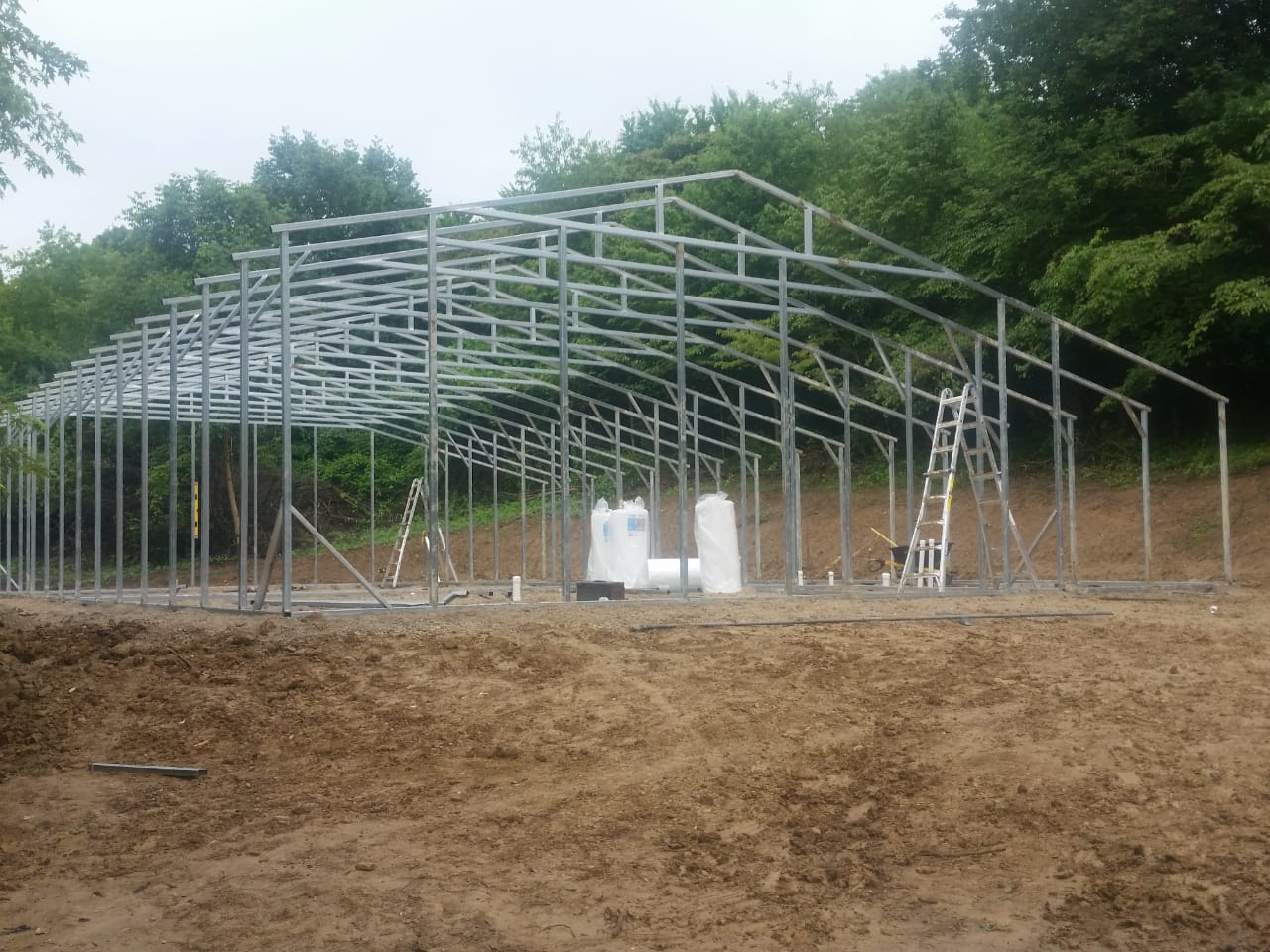
Fireproofing steel buildings is a way to increase the fire resistance of structures made with steel framing. The goal here is to improve the safety and security of a building and its occupants. Fireproofing is a standard for schools, hospitals, or other public buildings and commercial construction. But whatever a building is, especially an enclosed space, it is always advisable to fireproof it.
5 Reasons Why Fireproofing a Steel Building is Important
Enhances fire safety: It is valuable to prevent fire from spreading quickly in an emergency.
Increases structural stability: Fireproofing protects against extreme temperatures and reduces volatility. It also prevents the steel from warping and buckling due to excessive heat.
Make a building more earthquake-resistant: Fireproofing increases earthquake resistance by inhibiting the spread of fire and providing additional structural support. Fireproof materials such as concrete or plaster encase building sections. In effect, it lowers the risk that flames will cause extensive damage to the structure.
Additionally, fireproofing materials are often strong and offer good support for the structure. It minimizes buckling and collapse of the building and reduces potential damage from falling debris. It also provides extra insulation features, which keep interior temperatures comfortable and energy-efficient.
Reduces insurance costs: Some insurers will offer a discount for fireproof buildings.
Adds value to your property: Fireproofing makes your steel building more attractive to potential buyers and renters. Everyone wishes to live in a safe, fireproof building.

Tips for fireproofing a steel building
Fireproofing involves several techniques, including applying specific materials or coatings. These give a layer of protection from heat and flame and help to slow the spread of fire. For one thing, fireproof materials create a physical barrier between burning materials and steel. Here are other tips to remember:
Have safe exits and sprinkler systems – These measures further limit the spread of flame and ensure the safety of everyone during a fire.
Selecting a fireproofing material for steel buildings – Use only those that are compatible with the steel and meet local building codes. It is excellent to consider factors such as
- installation complexity
- A product comes with certification by an independent testing laboratory or regulatory body.
Do regular inspections – Always find time to check for any deterioration of fireproofing materials. Certainly, damages can reduce the effectiveness of fireproofing over time.
Make it a priority, especially if your place is fire-prone – Fireproofing may be an option for an already durable steel building. However, it is safe and excellent to do it once in a fire-prone area. Here are some more types of places where installing fireproofing is a must:
- In coastal areas, steel buildings are exposed to salt air and high winds, making them more vulnerable to corrosion and rusting.
- In industrial zones, steel buildings are exposed to flammable materials, fire hazards, and intense heat.
- In earthquake-prone regions, steel buildings can suffer from extreme stress during an earthquake event. Fireproofing can help a building to withstand high-intensity shaking.
- In urban areas, there is an intense concentration of people and activities. It increases the chance of fire hazards, so fireproofing is essential for safety and protection.
- In high-rise buildings, there is more exposure and vulnerability to fires, as there is little room for escape.
- In areas that experience extreme weather conditions, fireproofing can also lessen the damage from disasters like floods and hurricanes.
